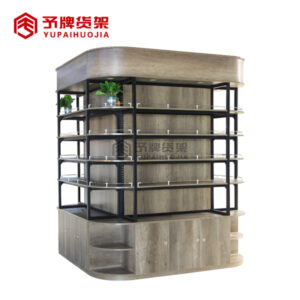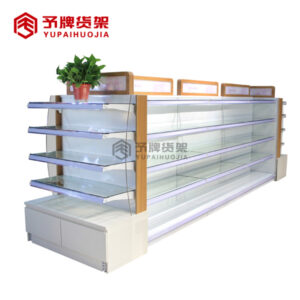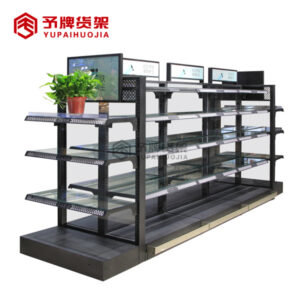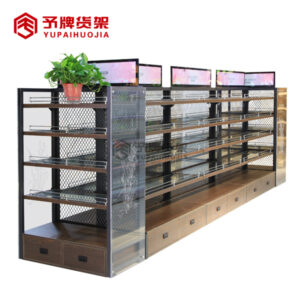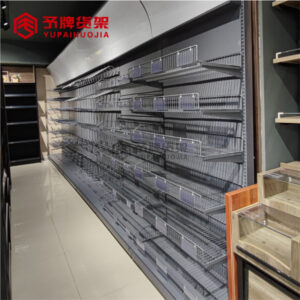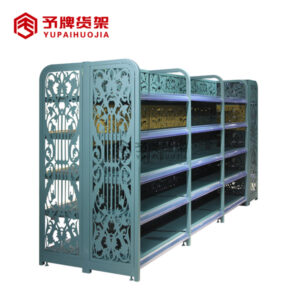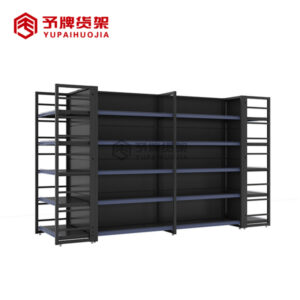As someone who works in the supermarket, I know that it can be difficult to place your goods on the supermarket shelves. This article is an introduction to how you can make the process easier on yourself by using a few tricks that you may not have thought of before.
Introduction
If you are an avid shopper, then you know that product placement is crucial when it comes to finding the best deals. If you want to place your products on supermarket shelves, then you need to follow some simple guidelines.
First, find a retailer that sells your type of product. This will help you determine which items to stock in your store. Next, research what shelf space is available in the store and where the best placement would be. It is also important to consider how customers shop and what they are likely to buy. Finally, make sure that your product looks appealing and is correctly labeled so that shoppers can find it easily.
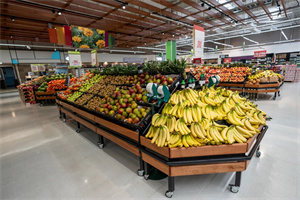
What is the supermarket shelves Layout?
The layout of a supermarket is one of the most important factors to consider when stocking up on groceries. The positioning of the products in relation to each other will help you determine how much space you need on the supermarket shelves, and which aisle to shop in.
To find out what the layout is for your local supermarket, check out their website or ask an employee. Supermarkets typically have aisles divided into food groups (breads, dairy, produce etc.), with narrow aisles between them. Products at either end of an aisle are usually larger and more expensive.
When placing your items on the shelves, be sure to account for these basic principles:
-Width: Most supermarkets have shelves that are around 18 inches wide, so make sure your items fit without overlapping.
-Length: Grocery items usually come in boxes or bags that are about 29 inches long. Make sure all of your items fit without running into each other or taking up too much space.
-Height: Grocery items are generally about 18 inches tall, so don’t overcrowd the supermarket shelves by stacking taller items on shorter ones.
-
 Steel stationery shop display rack for sale
Steel stationery shop display rack for sale -
 Supermarket shelves for sale in dubai
Supermarket shelves for sale in dubai -
 Pharmacy grocery display for sale
Pharmacy grocery display for sale -
 Cosmetic display shelves for shop
Cosmetic display shelves for shop -
 wholesale cosmetic display rack
wholesale cosmetic display rack -
 Supermarket Cosmetics shelves supplier
Supermarket Cosmetics shelves supplier -
 kitchenware store shelves for sale
kitchenware store shelves for sale -
 Adjustable Steel Modern Shelf Steel Shelves Grocery Shelf Mini Store
Adjustable Steel Modern Shelf Steel Shelves Grocery Shelf Mini Store -
 4 post retail shop racking display grocery item display rack supermarket shelf gondola
4 post retail shop racking display grocery item display rack supermarket shelf gondola
Why should you care about how to place your grocery items on the supermarket shelves?
When you shop for groceries, make sure to place your items on the supermarket shelves in an efficient manner. This will help you save time and money.
Here are some tips for locating grocery items on the supermarket shelves:
- Group similar items together. For example, put fruits and vegetables together on one shelf, then meats and dairy products on another shelf. This way, you won’t have to search through a large number of individual shelves to find what you’re looking for.
- Use colors to help you locate specific items. For instance, green vegetables should be placed near the front of the store so that they’re easy to see.
- Arrange produce carefully so that it doesn’t get crushed as shoppers walk by. Try to group similar types of fruits and vegetables together, or stack apples vertically instead of horizontally so they don’t take up too much space.
Why do some supermarkets have so many items and others so few, do they just have more money or what?
The average supermarket has about 12,000 items, while some have as few as 1,000 and others have over 30,000. Some supermarkets have more because they have more money, but others may have less because they focus on selling quality over quantity. Some supermarkets also put their bestsellers in the front of the store so that customers will be drawn to them.
Conclusion
Putting your products on the supermarket shelves can be a daunting task, but with a little planning and effort you can make it as simple as possible. Here are some tips to help you get started:
- Know Your Product
Understand what your product is and what it can do. This will allow you to create a shelf profile that showcases this information in an engaging way. - Testimonials And Awards
If possible, feature testimonials and awards from people who have already bought or used the product. This will give shoppers confidence that the product is worth buying and will encourage them to take their time browsing through your products. - Use Pictures And Graphics To Enhance The Visual Appeal Of Your Goods
Adding pictures and graphics to your product pages can help improve sales by making your products look more attractive and inviting than those of competitors. - Create A Custom Shopfront For Your Storefront
Creating a custom shopfront for your store allows you to personalize the experience for shoppers, increasing conversion rates overall.


